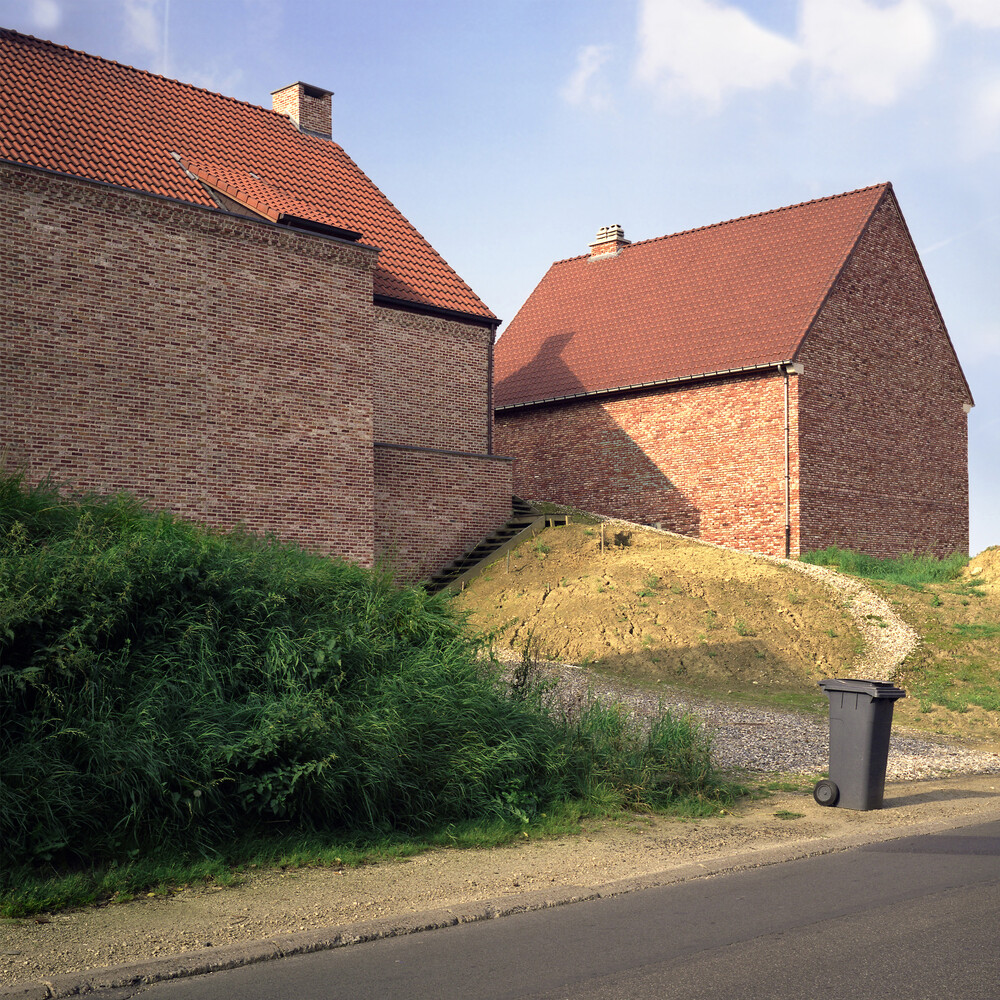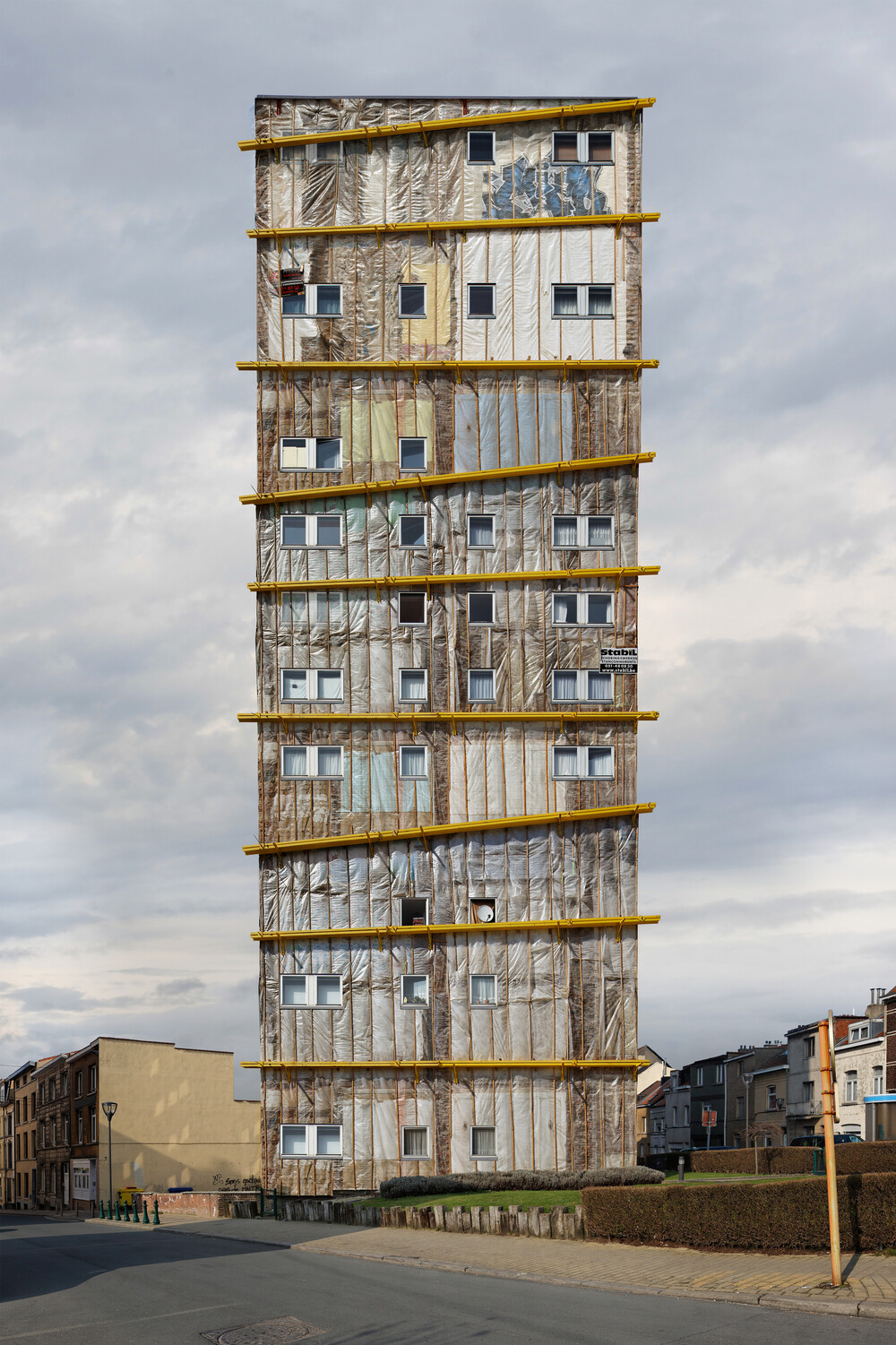
"Allow yourself to imagine and dream about the everyday space in which you evolve"
Audrey Contesse
From 10.03 to 15.04, ICA's Ce qu'habiter veut dire exhibition will take place at MAD Brussels. As part of this, MAD had a talk with Audrey Contesse, director at ICA.
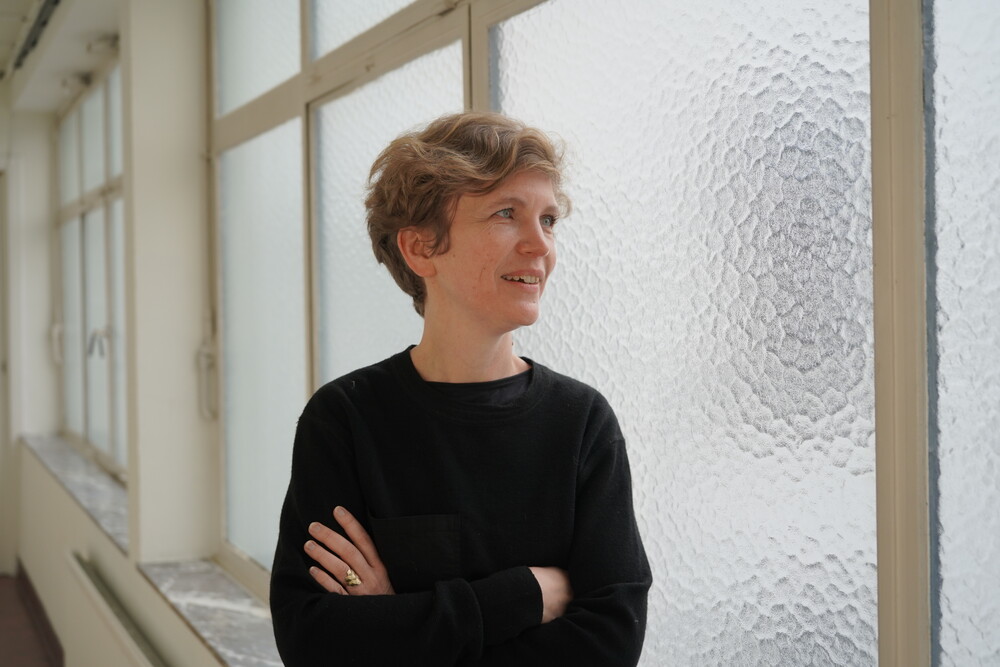
Can you briefly introduce yourself? What is your link to architecture?
My art and architectural history studies primarily taught me to observe and analyse my surroundings and also to understand the issue of architectural cultures. In addition, my studies taught me to design and build. It taught me how to adapt my environment. As a result, I started to see architecture no longer as an object, but as a framework for life. In my professional career, I soon preferred to pass on the interest I have in contemporary architecture, first as editor-in-chief of the magazine A+ Architecture in Belgium, then in various publications and exhibitions, and for almost four years as initiator and director of the Institut Culturel d'Architecture Wallonie-Bruxelles (ICA).
What exactly is the role of the ICA?
The ICA was created in 2019 by the Wallonia-Brussels Federation to become the cultural reference for architecture in French-speaking Belgium. Its main role is to raise public awareness of contemporary architecture. Starting from the principle that architecture and architectural culture belong to everyone, the ICA creates a meeting place between the architectural professions, citizens and building owners where everyone is considered an actor and user of the territory. At the same time, another fundamental role is to help build the architectural culture of French-speaking Belgium. To this end, the ICA detects, analyses and mediates current architectural approaches in order to give them cultural value. The great peculiarity of the ICA is that it has no place. It is nomadic. It goes out to meet these actors of the area and animates this cultural network through a series of exhibitions, installations, visits, conferences and workshops. This is why MAD welcomes us today.
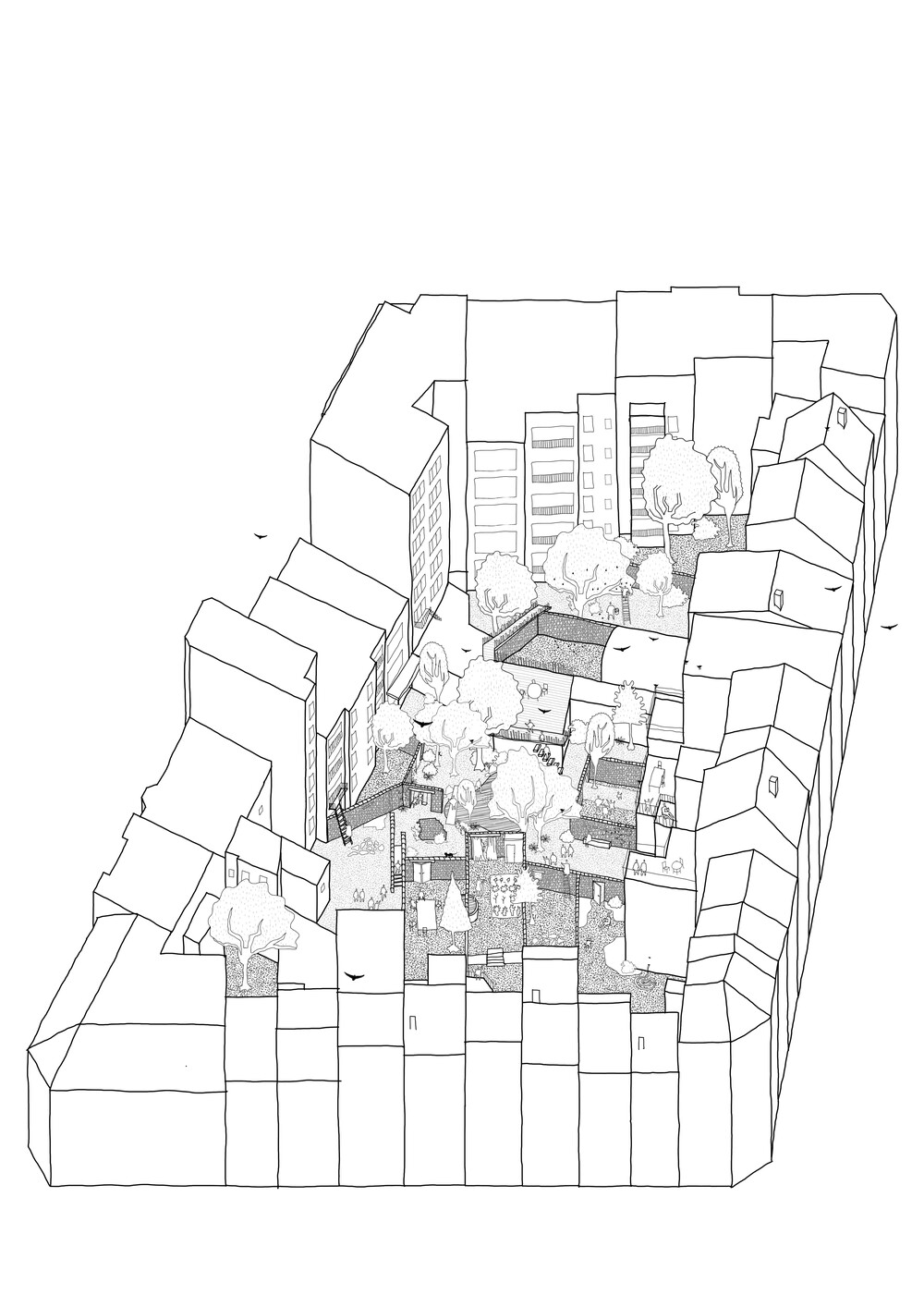
Where did the idea of organising the exhibition "Ce qu'habiter veut dire" come from?
Every six months, we organise Temps d'archi in a different location, offering a series of cultural activities for a month around a socially relevant issue related to spatiality. The opportunity to establish ourselves in MAD is an opportunity to look back at our first three years of activities. To connect with our audience, the first question asked is "What is living?"
Asking this question around the abundant concept of "living", allows a personal entry into this question that is architecture and, in particular, contemporary architecture. Citizens often feel excluded from architecture, even though it forms their daily living environment. On the other hand, the conversation about housing makes it smoother to talk about it and allows everyone to express their point of view, their feelings and their actions. The concept of living breaks down into a large number of behaviours that define our relationship with our living environment, our bodies and our minds. We may inhabit a house, a flat or a boat, but we also inhabit our body, our street, our neighbourhood, our village, our town, our landscape and our territory.
What is the message you want to convey to the public with the exhibition "Ce qu'habiter veut dire"?
That if there are a thousand and one ways to live in your environment, there are just as many ways to shape that environment. So we should not content ourselves with an existing imposed situation and instead allow ourselves to dream about our daily living space in which we develop. By immersing the audience in visions of architects, urban planners, landscape architects or artists, sometimes constructed, sometimes sketched, sometimes anchored in reality, sometimes utopian, the aim is to open up the gaze on current spatial approaches and make them accessible.
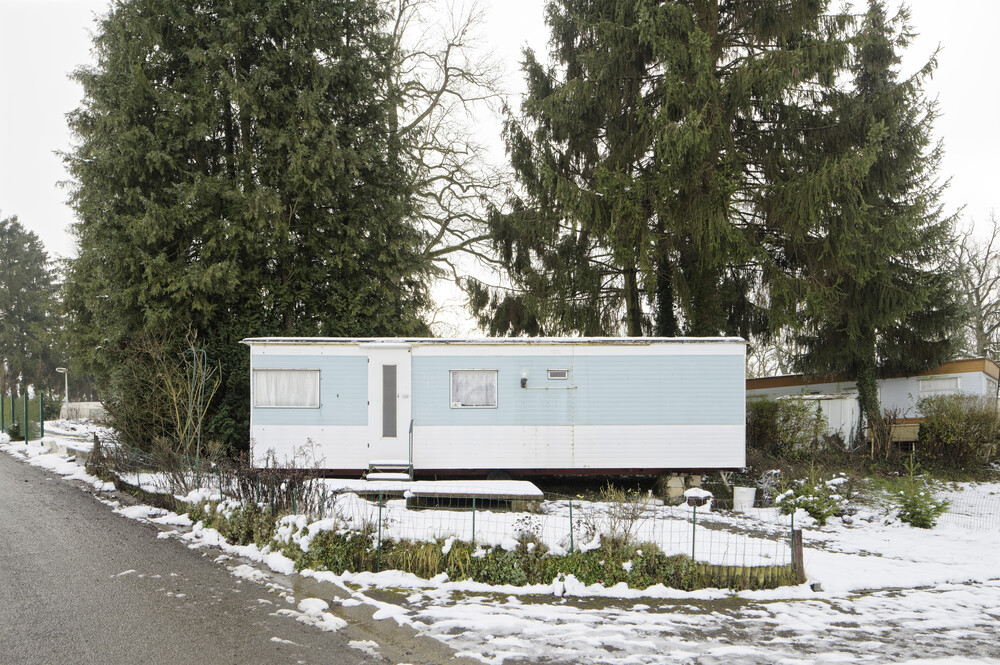
Which architectural projects can be seen in the exhibition "Ce qu'habiter veut dire"?
Around forty spatial approaches illustrating different visions of the concept of "living" are on display. To provide context, around fifteen photographers, including Xavier Delory, Maxime Delvaux, Alain Janssens and François Lichtlé, answer the question of what living in French-speaking Belgium means. The models of some twenty major projects by agencies such as V+, Charles Vandenhove, Baukunst or Pierre Hebbelinck resonate with these photographs to create a new sensitive landscape and bear witness to the work of those who build our current living environment.
Then a series of works by Paola Viganò, Agence TER & Baumans Deffet, Nord & Charlotte Marchal or Virginie Pigeon make us aware of the value and power of a landscape to design a project. Others use utopias and dystopias to imagine their habitat, starting from the existing. This is the case with Philippe Koeune's card game, Linto's wall fragments, Martiat+Durnez's floodable house, Mamout's evolving habitability, Modloq's island or Terre's Cité d'or. All these approaches are shown in the form of installations, films, models or original drawings.
The tour of MAD leads us to the residential dreams formulated in the form of drawings by a dozen architects, landscape architects and artists such as Bas Smets, Victor Selle, Modlocq, False Mirror Office to reveal the city.
Why is it important to connect architecture with the public?
Citizens play an important role in the ecological transition we must inevitably undergo. This transition requires a global reflection and approach on contemporary and future architecture. An approach that affects all living spaces that citizens walk through on a daily basis. We must realize that they are the actors of their built and unbuilt environment, as they are the potential clients of developers and the electorate of politicians. It is essential to take an informed position before taking action. It is up to the ICA to provide the opportunity to open the view of both the real current spatial challenges and the relevant spatial approaches, but also to transfer the tools and knowledge that are adequate for this reflection and action.
